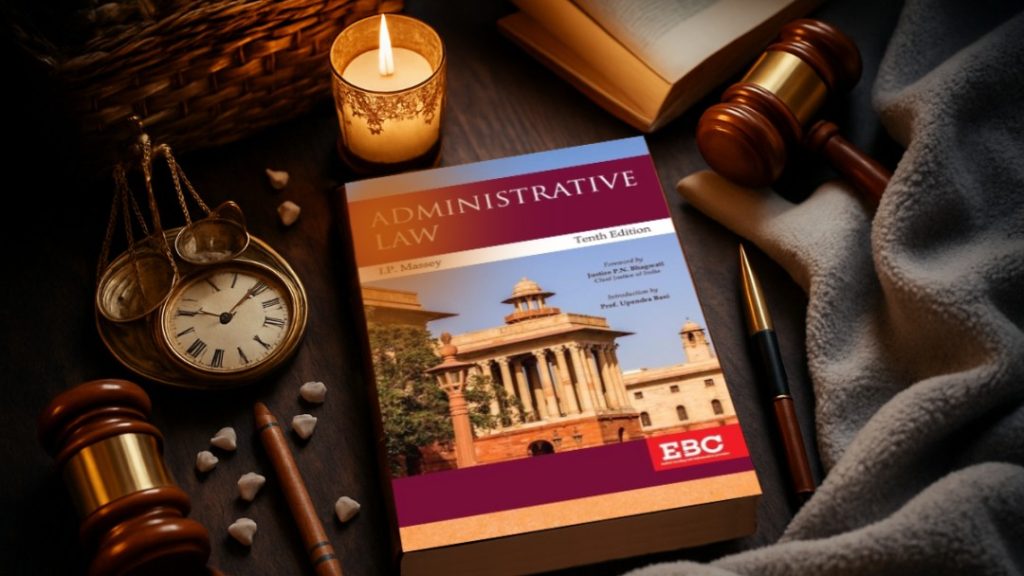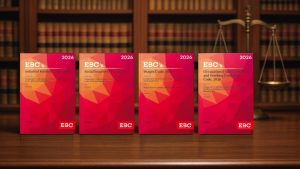
In every democracy, the government derives its power from the people. Citizens are not passive recipients of government action; rather, they are active participants in shaping policies, decisions, and laws that govern their lives. In India, this engagement is not only a political ideal but also a constitutional and legal right. The Indian legal system provides multiple channels—constitutional guarantees, statutory provisions, and institutional mechanisms—through which people can influence, question, and contribute to governance. This interplay between law and citizen participation forms the very backbone of democratic and accountable governance.
The Legal Foundation of Citizen Participation
India’s Constitution and statutes explicitly recognize that citizen engagement is essential to ensure that power is exercised transparently, fairly, and in the public interest.
Constitutional Provisions Empowering Citizens
| Article | Provision | How It Enables Participation |
|---|---|---|
| Article 19(1)(a) | Freedom of speech and expression | Citizens can express opinions, advocate for change, and debate public policy. |
| Article 19(1)(b) | Right to assemble peacefully | Allows peaceful protests, rallies, and demonstrations. |
| Article 19(1)(c) | Right to form associations or unions | Enables citizens to organize interest groups, NGOs, and movements. |
| Article 32 & 226 | Right to constitutional remedies | Citizens can challenge arbitrary or unlawful decisions before the Supreme Court and High Courts. |
| Articles 243–243O | Panchayati Raj system | Decentralizes governance and involves citizens in local administration. |
| Articles 243P–243ZG | Urban local bodies | Promotes citizen engagement in municipal governance. |
These provisions guarantee that citizens can question, influence, and participate in administrative and legislative decision-making.
Statutory Framework Supporting Citizen Involvement
Beyond the Constitution, several Indian laws create formal spaces for public consultation, transparency, and accountability.
| Law / Act | Objective | Mode of Citizen Engagement |
|---|---|---|
| Right to Information Act, 2005 (RTI) | Promotes transparency in public administration. | Citizens can request official information and demand accountability. |
| 73rd & 74th Constitutional Amendments (1992) | Strengthens local self-government. | Citizens participate through Gram Sabhas and municipal consultations. |
| Environmental Protection Act, 1986 | Ensures public involvement in environmental decision-making. | Mandates public hearings before project approvals. |
| Forest Rights Act, 2006 | Recognizes rights of forest dwellers. | Local Gram Sabhas approve or reject forest resource use. |
| Lokpal and Lokayuktas Act, 2013 | Introduces anti-corruption mechanisms. | Citizens can report corruption and monitor investigations. |
| Digital Personal Data Protection Act, 2023 | Protects citizens’ data rights. | Encourages participation in shaping privacy and data policies. |
Together, these laws create a legal architecture where governance becomes participatory, transparent, and citizen-driven.
Mechanisms of Citizen Participation
Citizens engage in government decisions through formal legal processes and informal democratic practices.
Electoral Participation
Voting remains the most direct and powerful form of engagement. Through elections, citizens determine who will represent them at the national, state, and local levels, thereby shaping legislative and policy directions.
Public Consultations and Hearings
Before implementing new laws or projects—especially those affecting the environment, land, or communities—governments often hold public hearings. These forums allow citizens to voice opinions and objections, influencing the final outcome.
Panchayati Raj and Local Governance
The 73rd and 74th Amendments introduced grassroots democracy, empowering people to directly make decisions on local development, budgeting, and welfare programs through Gram Sabhas and Ward Committees.
Civil Society and Public Interest Litigation (PIL)
When administrative inaction or injustice occurs, citizens and NGOs use Public Interest Litigation (PIL) to seek judicial intervention. The Supreme Court and High Courts have expanded this tool to allow even individuals with no personal stake to represent public causes—strengthening participatory justice.
The Right to Information (RTI)
The RTI Act has transformed governance by allowing any citizen to request and obtain information from public authorities. This right ensures transparency, prevents corruption, and empowers people to hold officials accountable.
Digital and E-Governance Platforms
In today’s digital era, public engagement has moved online. Platforms like MyGov, CPGRAMS, and RTI Online enable citizens to provide feedback, lodge grievances, and track government initiatives.
This transition has made participation faster, wider, and more inclusive—especially for those unable to participate physically.
Role of the Judiciary in Encouraging Participation
The Indian judiciary has played a proactive role in ensuring that public participation remains a cornerstone of governance. Courts have repeatedly emphasized that natural justice, transparency, and consultation are integral to administrative decisions.
Some landmark judicial principles include:
- Audi Alteram Partem (hear the other side): No decision should be made without giving affected parties a chance to be heard.
- Doctrine of Legitimate Expectation: Citizens have a right to expect fairness and openness from administrative authorities.
- Public Trust Doctrine: The State holds resources and powers in trust for the public and must use them for collective welfare.
Through such doctrines, courts have expanded participatory rights and held governments accountable to democratic standards.
Barriers to Effective Citizen Participation
While India has an extensive legal framework, real-world participation often faces challenges such as:
- Lack of legal awareness among citizens.
- Administrative opacity and reluctance to share information.
- Socio-economic inequalities that marginalize certain voices.
- Digital divide, limiting online participation.
- Tokenism in consultations, where citizen input is sought but not genuinely considered.
To overcome these issues, there is a growing need for civic education, simplified legal processes, and inclusive policy frameworks that make participation meaningful.
International and Comparative Perspective
Globally, citizen engagement is recognized as a pillar of good governance.
- The Universal Declaration of Human Rights (Article 21) asserts the right to take part in government.
- The Aarhus Convention (1998) ensures public participation in environmental matters.
- The UN Sustainable Development Goals (Goal 16) call for inclusive, participatory decision-making at all levels.
India’s legal model aligns with these global standards, combining constitutional rights, statutory duties, and judicial activism to foster participatory governance.
Law and public participation are inseparable in a democracy. India’s legal framework ensures that citizens are not just governed but are also co-governors—shaping laws, influencing policies, and ensuring accountability.Through constitutional rights, local governance systems, the RTI Act, PILs, and digital platforms, people now have multiple avenues to engage with and influence the State.Ultimately, when citizens actively participate, government decisions become more inclusive, legitimate, and just—fulfilling the democratic promise that power truly belongs to the people.
For a deeper understanding of this topic, this resource offers concise and accessible insights.
















